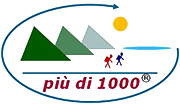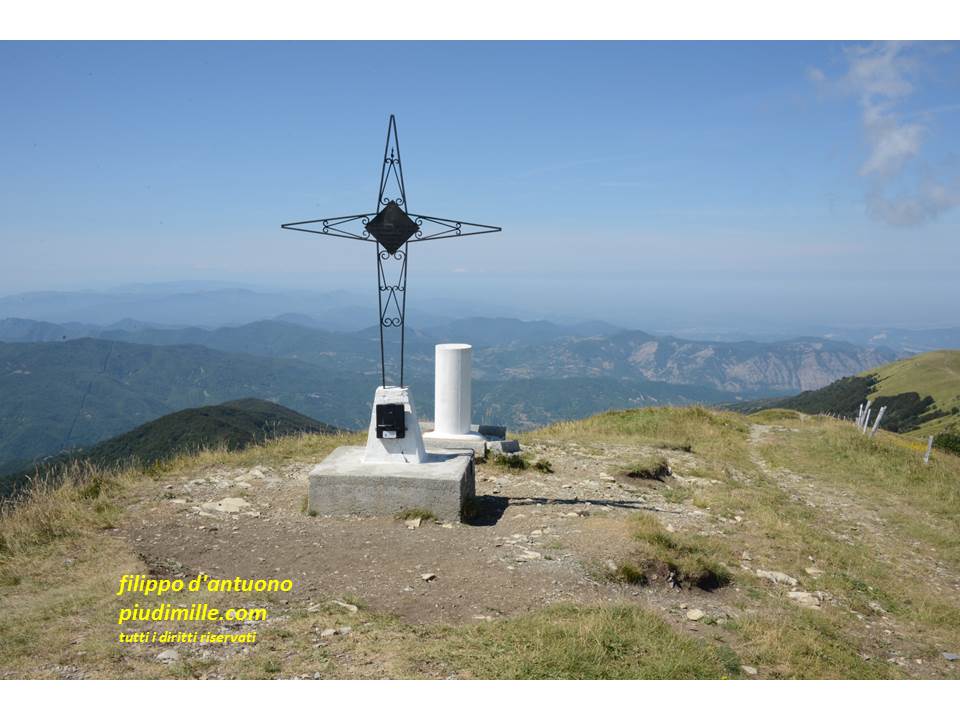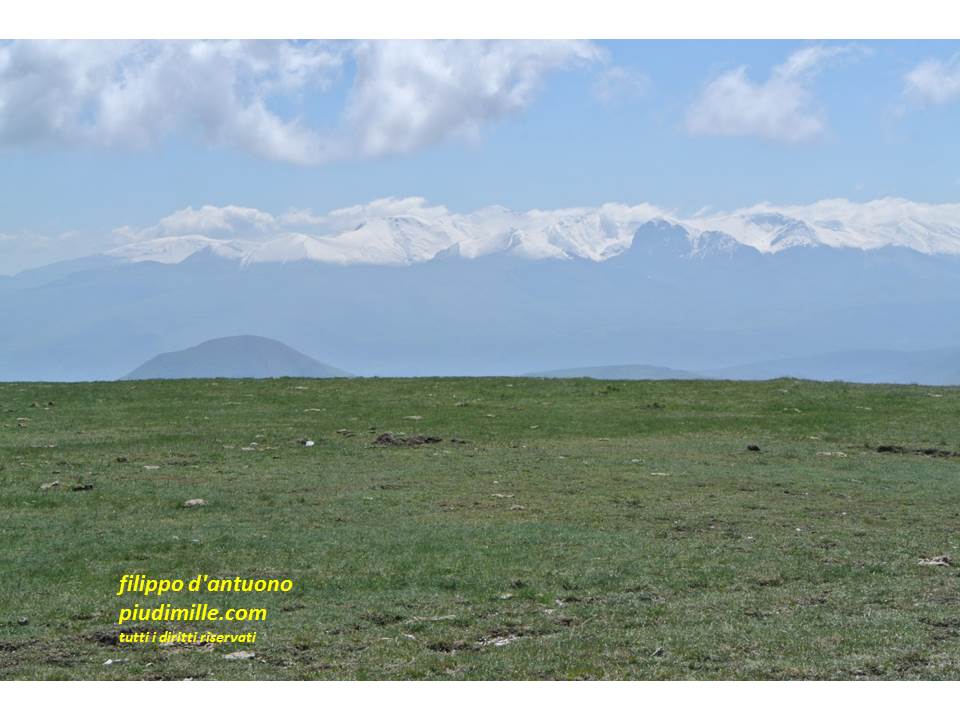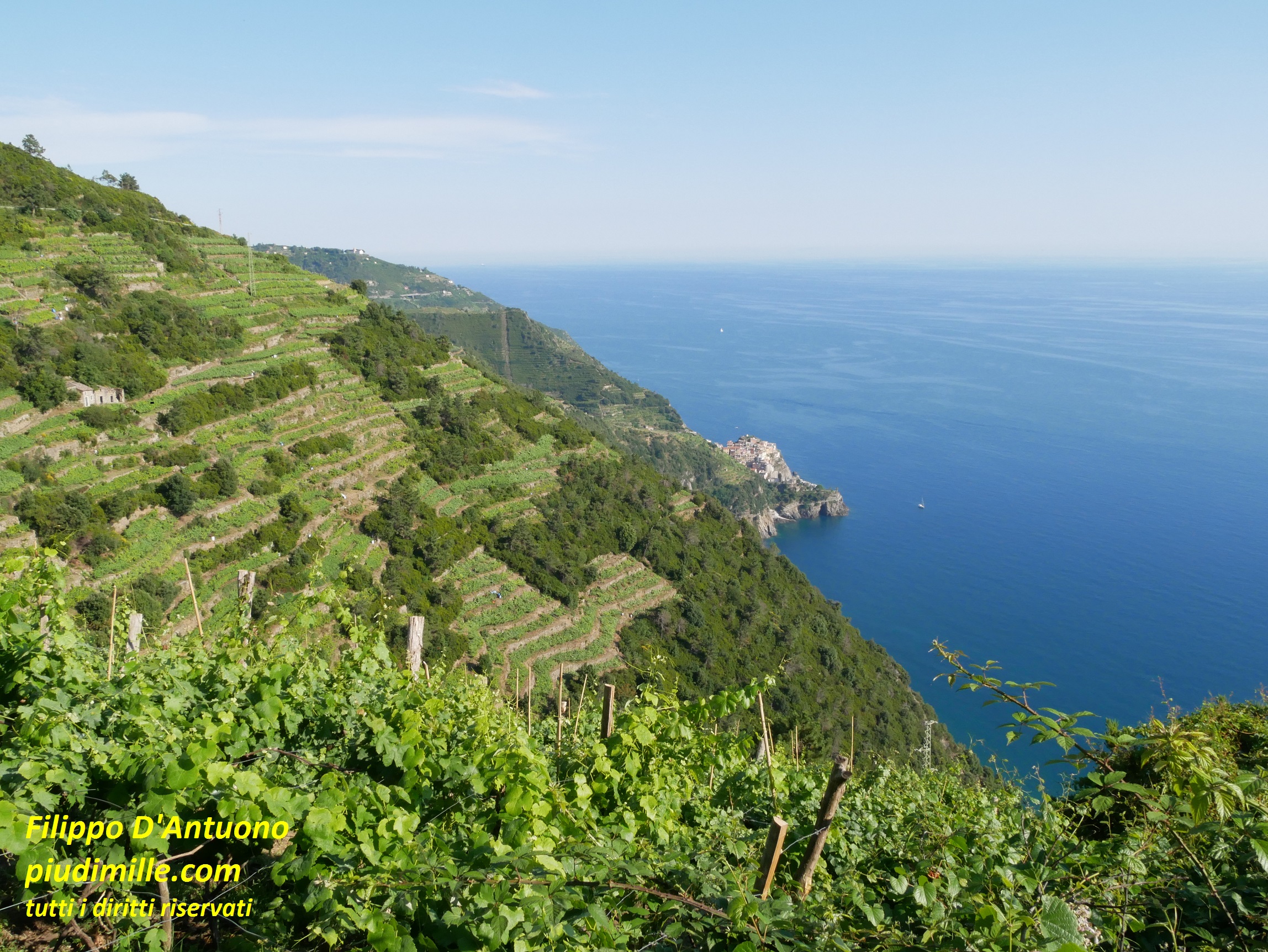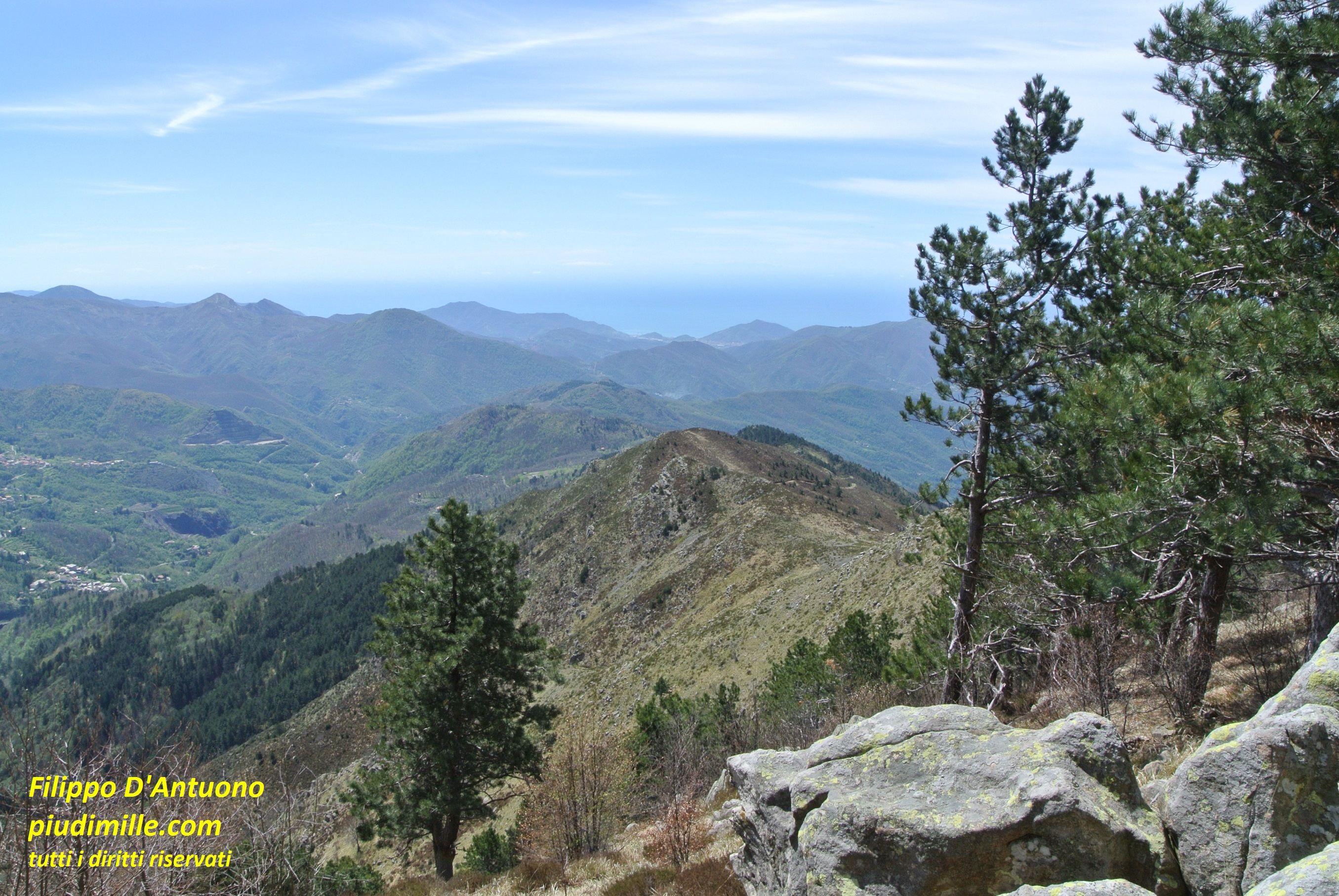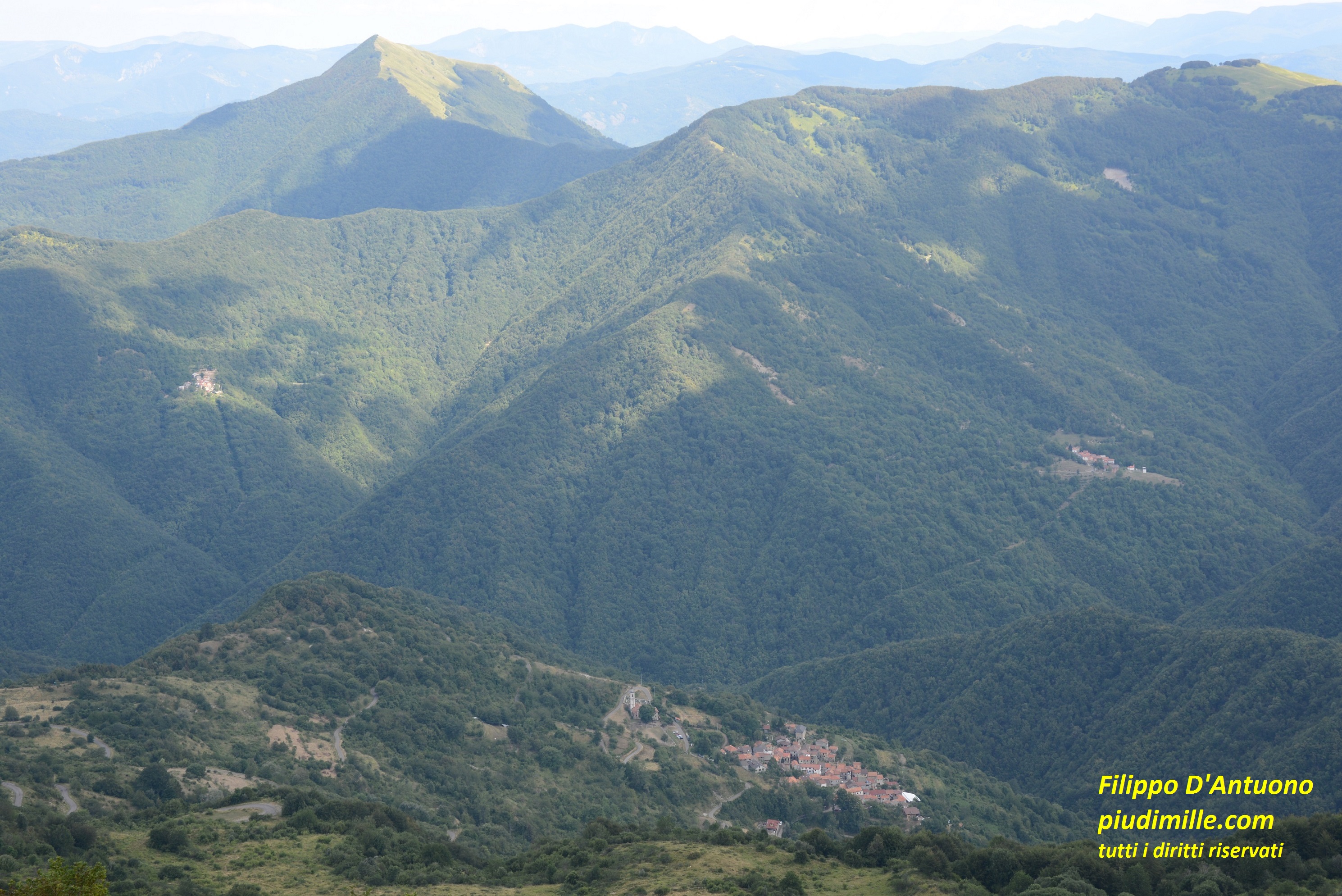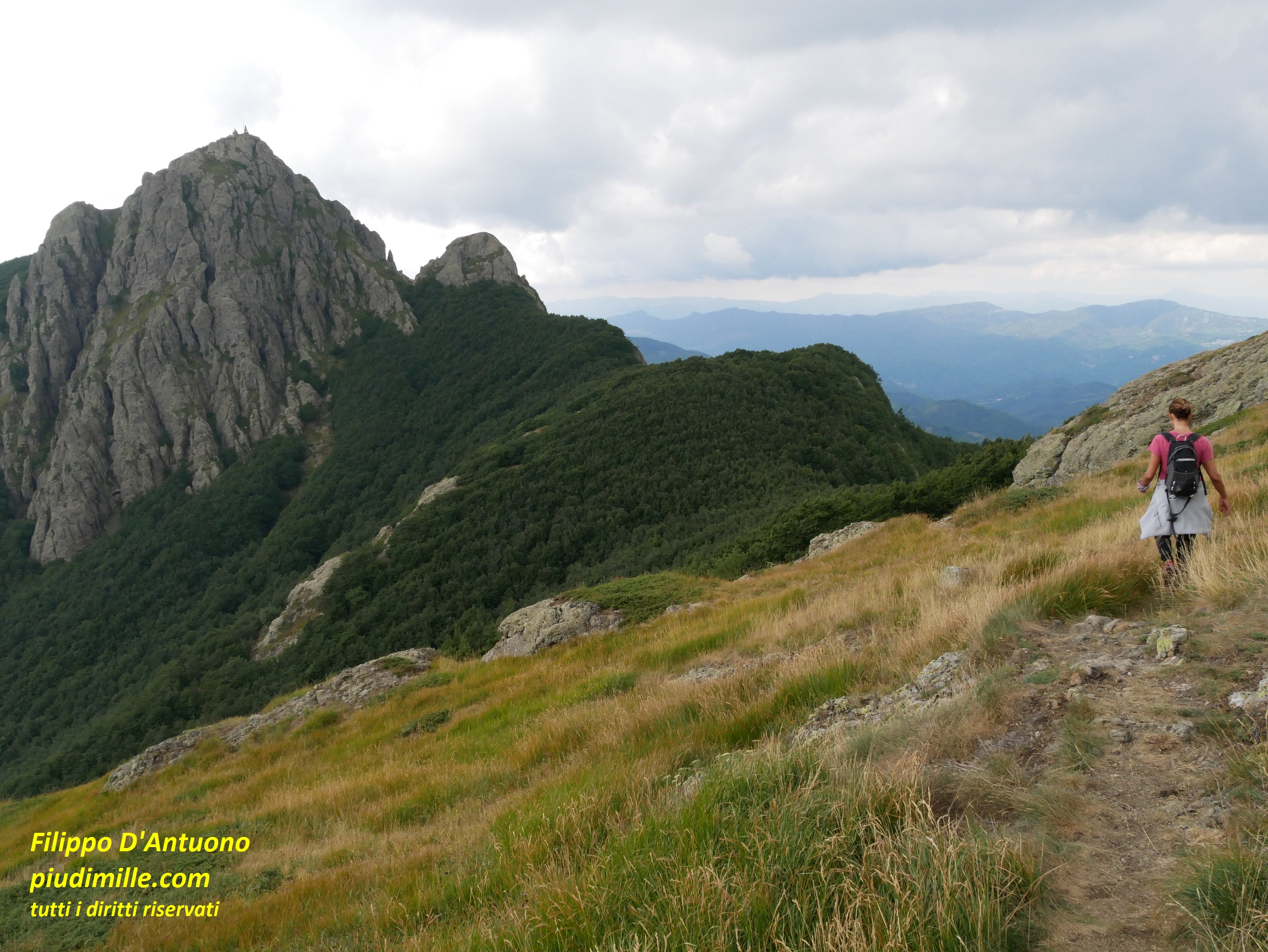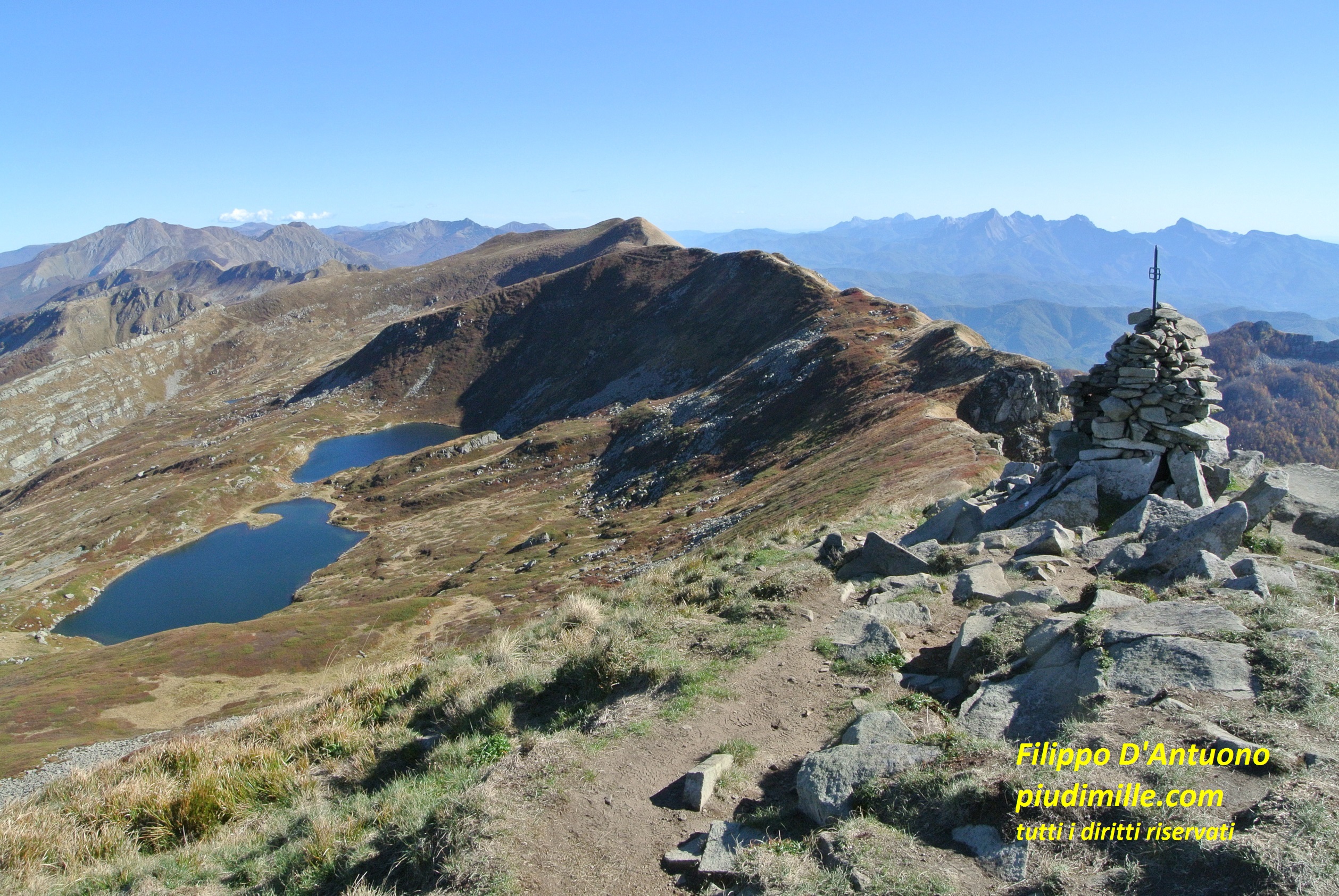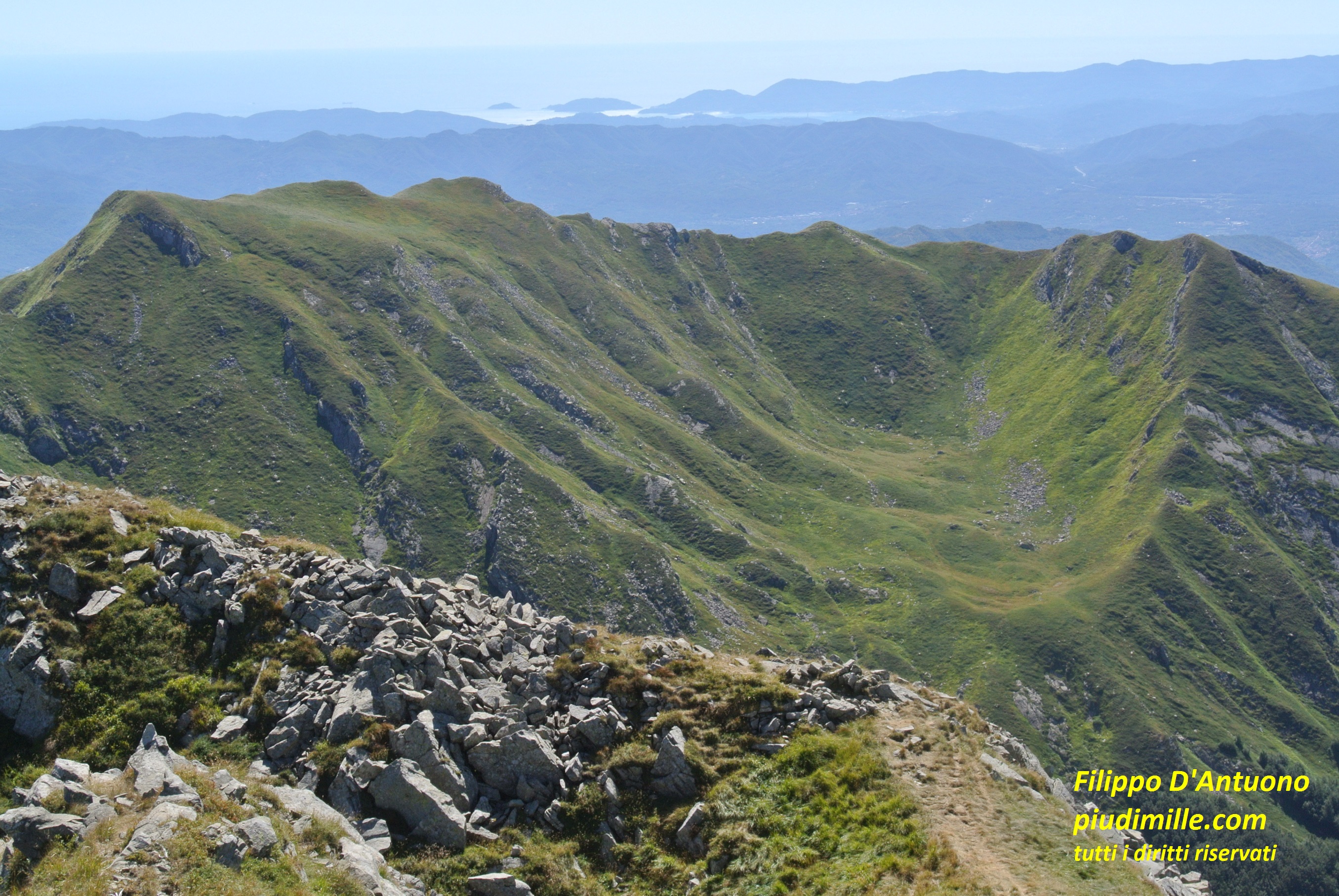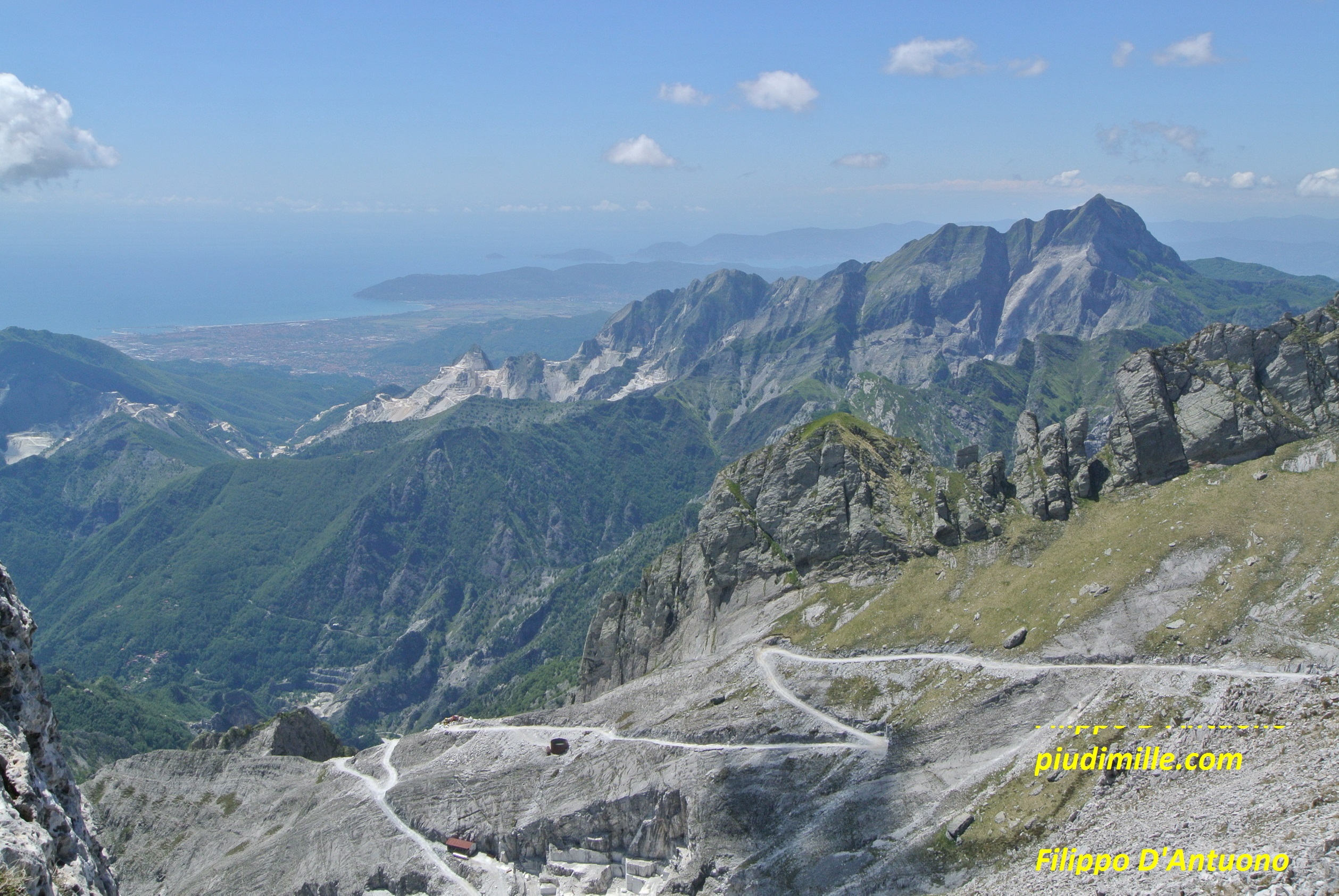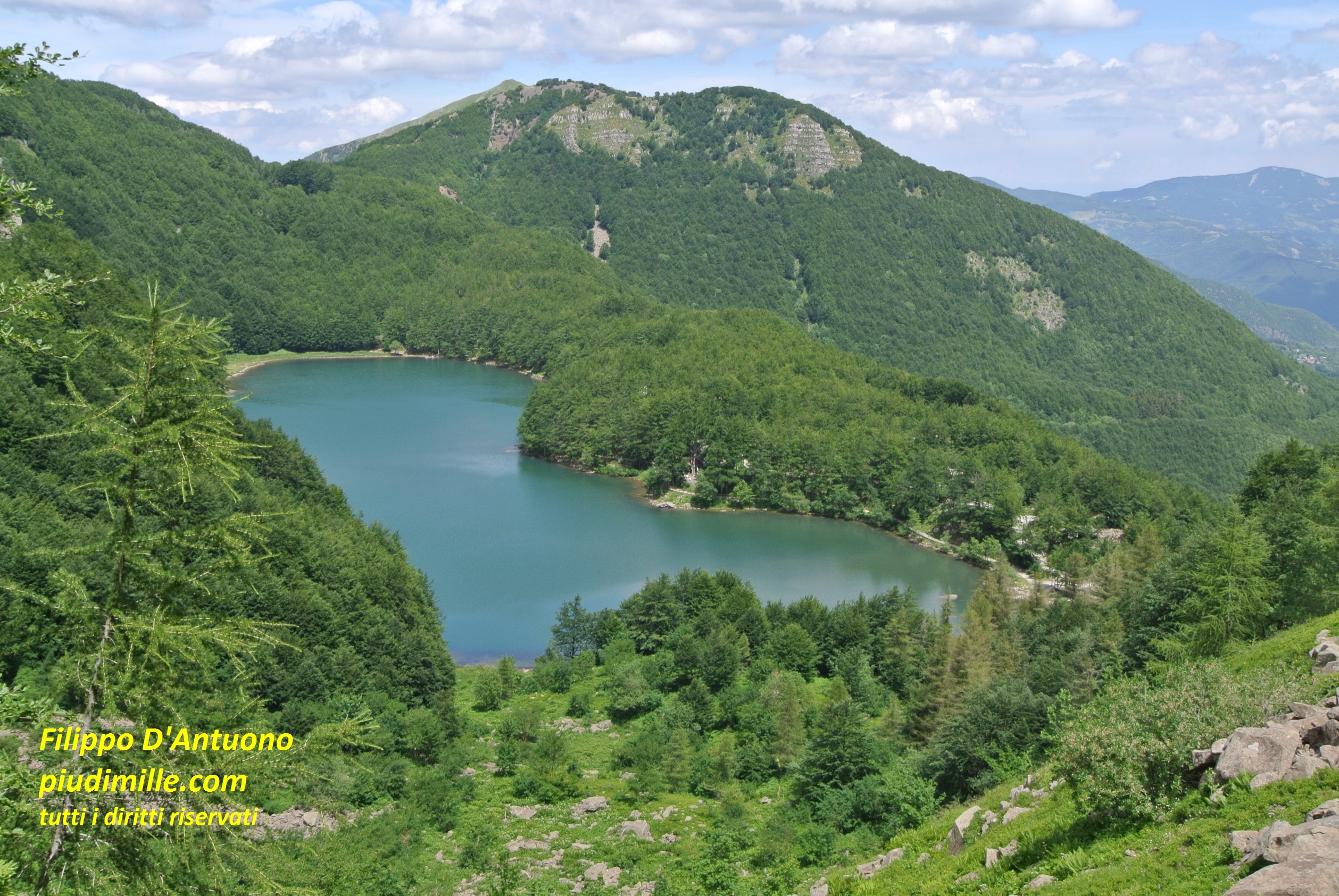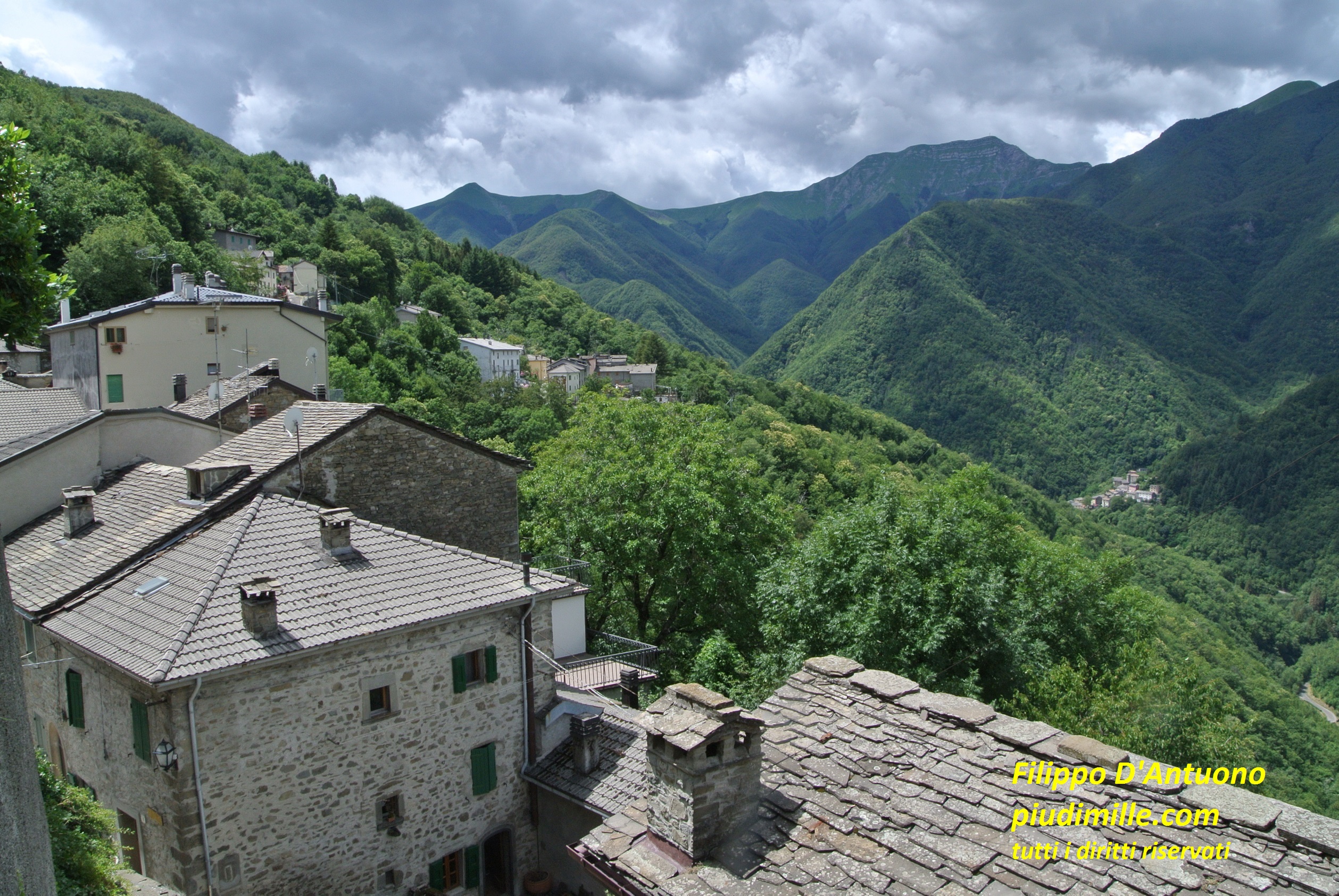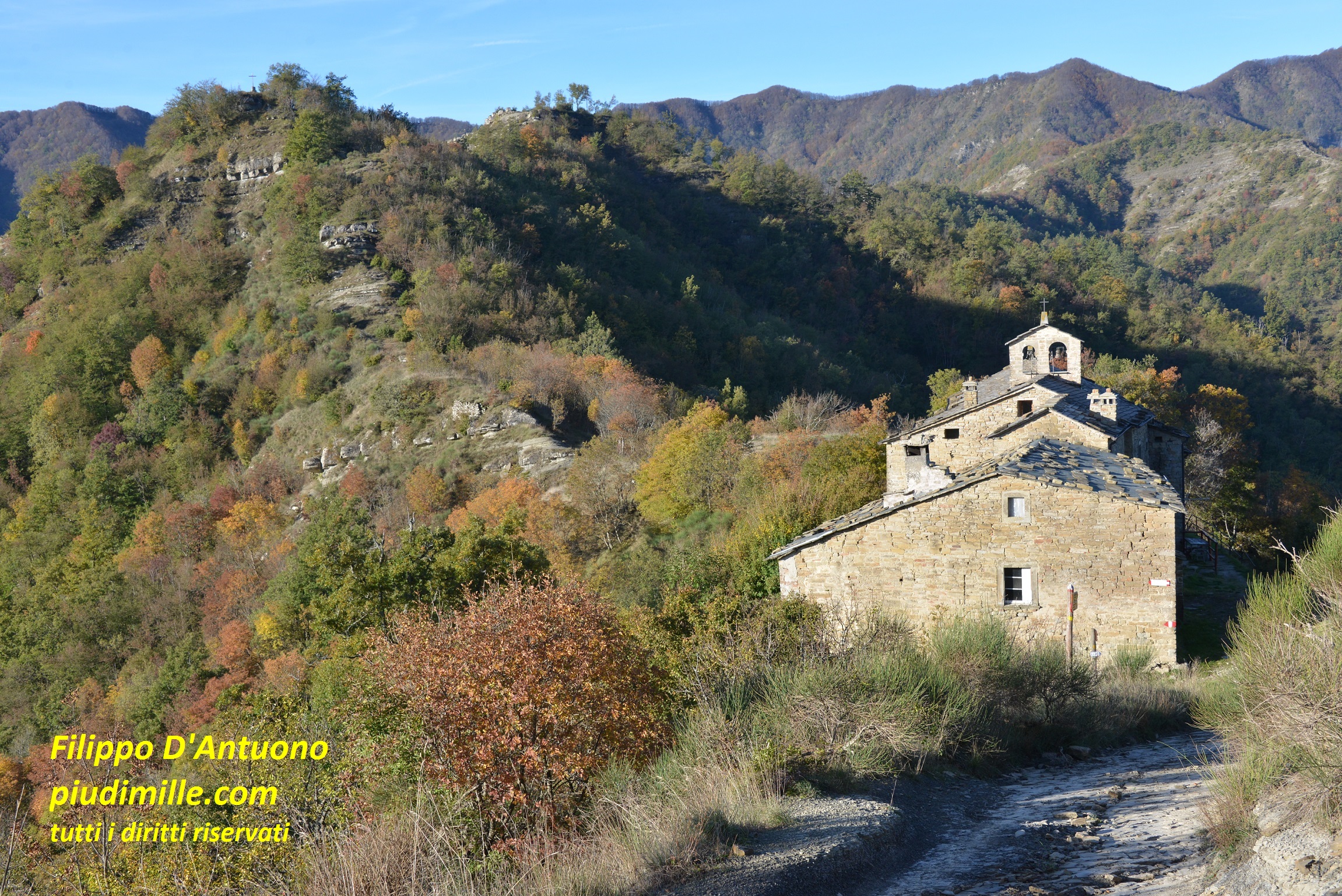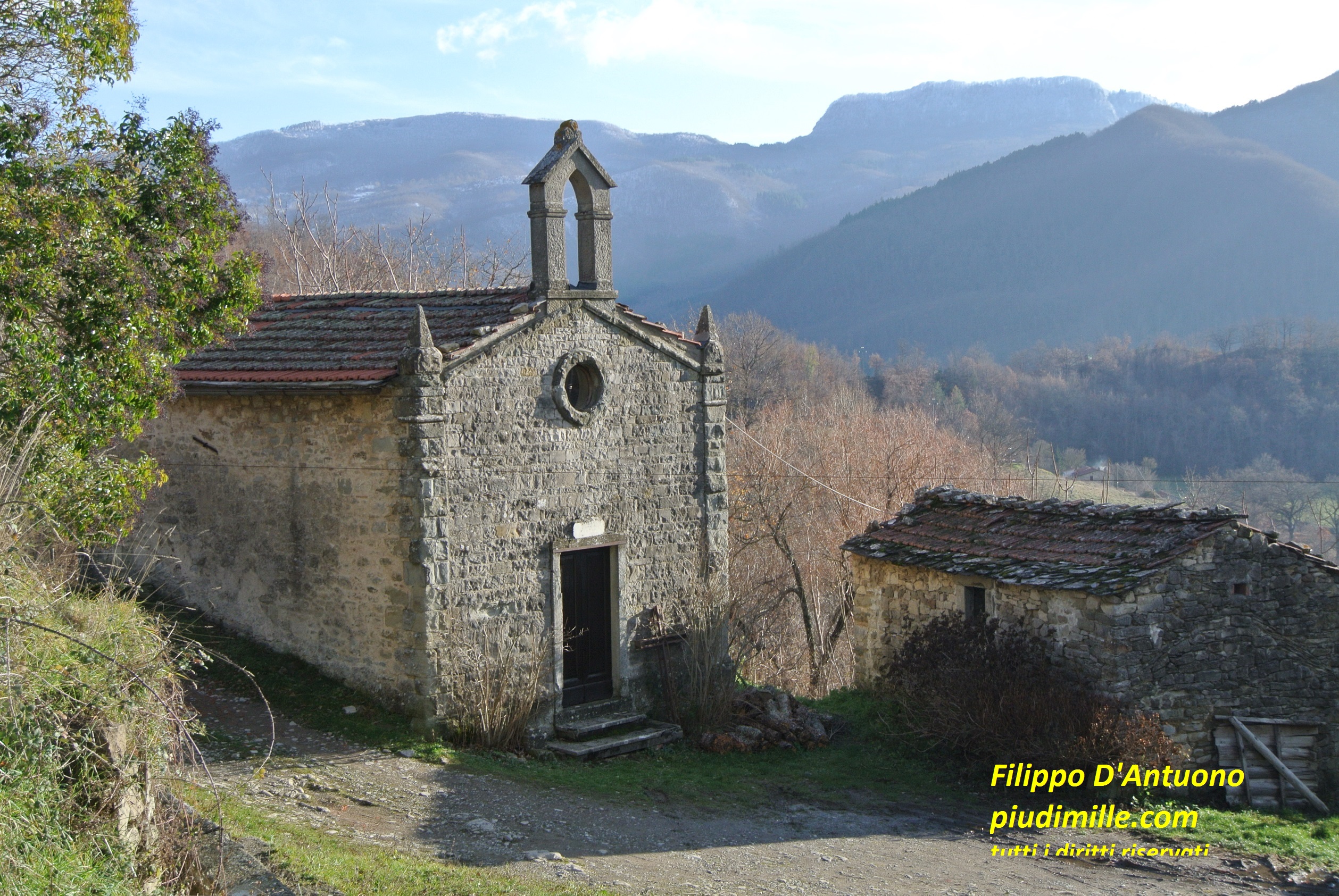PLACES
Introduction to places in the Apennine
The Apennine is very long: in primary school we were teached that northern Apennine starts at pass Cadibona, now called Bocchetta di Altare, in the Liguria region, and ends at pass Bocca Trabaria, in the Marche region, where central Apennine conventionally starts. To have an idea of the places of Apennine, where più di 1000 is born, imagine to shift everything to the east, and strecth a bit to south, leaving out the Apennine of the Ligurian west, and including instead a part of the central Apennine.
So, you start somewhat east from the city of Genova and arrive a little south of Macerata, between mounts Anatola and Pennino; or, to be really precise, between the lines connecting mounts Antola and Ebro, in the north and mounts Pennino and San Vicino, in the south. From mount Ebro we can see well the Piedmont plains; from mount Pennino, the mythical Sibillini range is there, just very close, introducing to the mighty central Apennine mountain groups.
Along this part, we have the main ridge and important lateral chains: the mounts of the Ligurian coast, the Apuanian Alps, the mountains of Pratomagno and the upper Tevere valley. It is a vast area, apparently also very different, in its individual parts. And indeed, you may wonder, at first glance, what can have in common the volcanic rocks of some Ligurian mountains, the Apuanian Alps marbles, the compact sandstone of the main ridge or the limestone rocks of mount Catria. Or, coming to vegetation, the Mediterranean shrubs of the Ligurian coast, the terraced vineyards of the Cinque Terre, the chestnut groves, the beech forests, the top blueberry bogs and the historical Vallombrosa forests.
And so, a bit of the “più di 1000 spirit” is necessary. That is, after all, to couple formal knowledge to individual sensibility; it is to follow the traces of what is still there, to discover what has been there and left its signs. It is to realise, among other things: that the trails were not built for hikers; that terraces are everywhere people wanted to put moutain slope under cultivation; that people fed on the few resources they had available or the little they could buy; that extravirgin olive oil is a modern construct, but there was plent of pig lard; that certain “fishermen villages” were in reality farmer or transhumant shepherd settlements, and much more.
For sure, these are transition places, because of geologic substrates and climate. You will see few terraces on clays, find no oil on the mountains; heading south there were less chestnut fruits and more wheat. But the rationale is always the same, here as in the whole world.
So, from these Apennine places a wondeful trip can start
